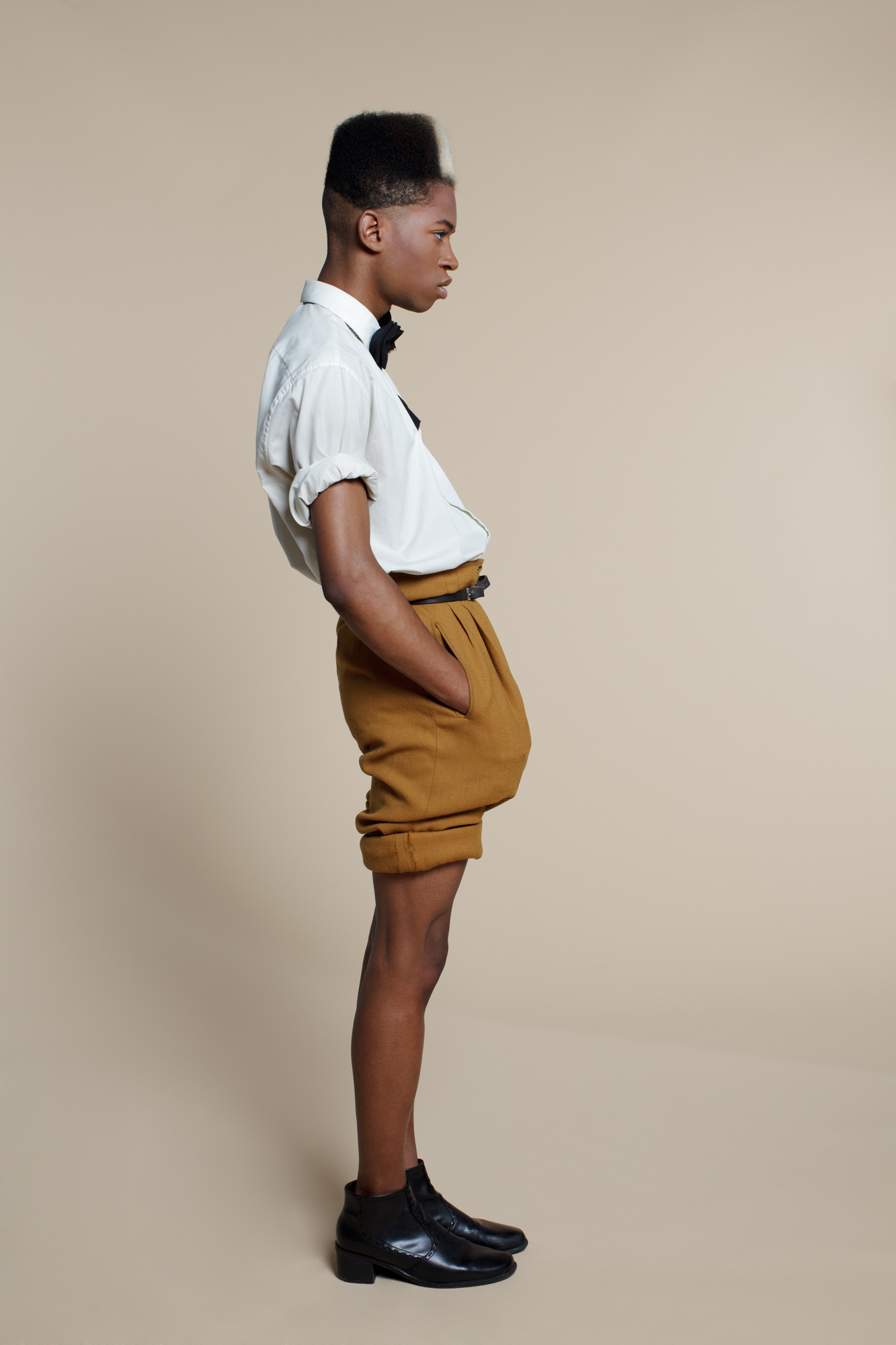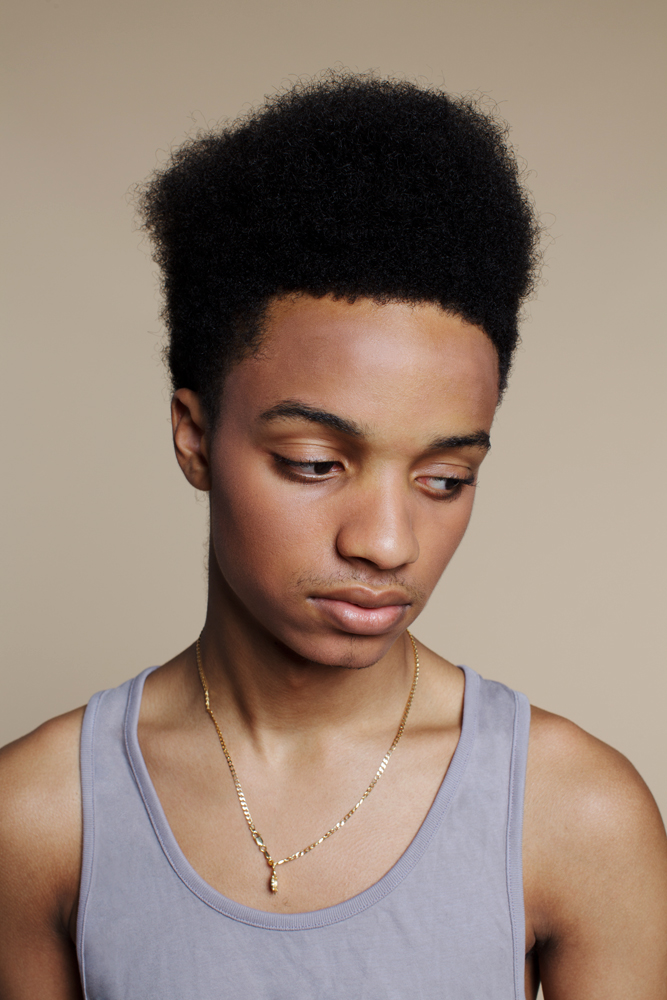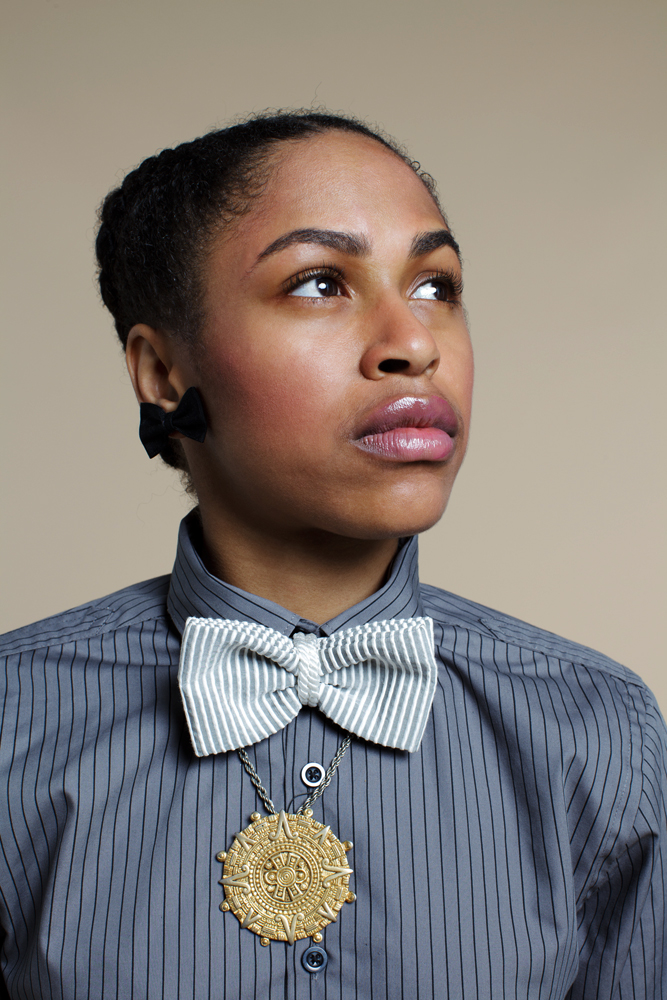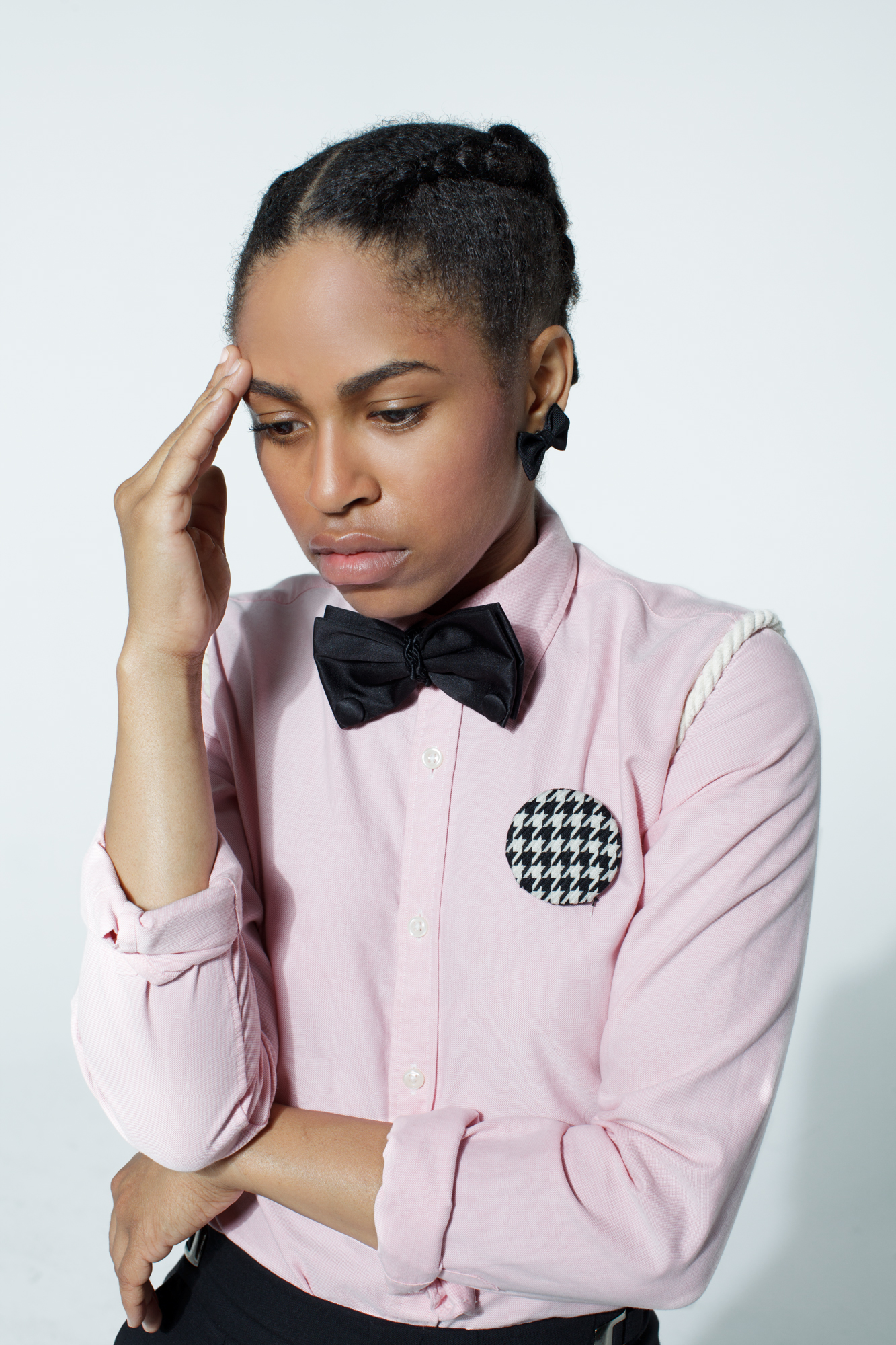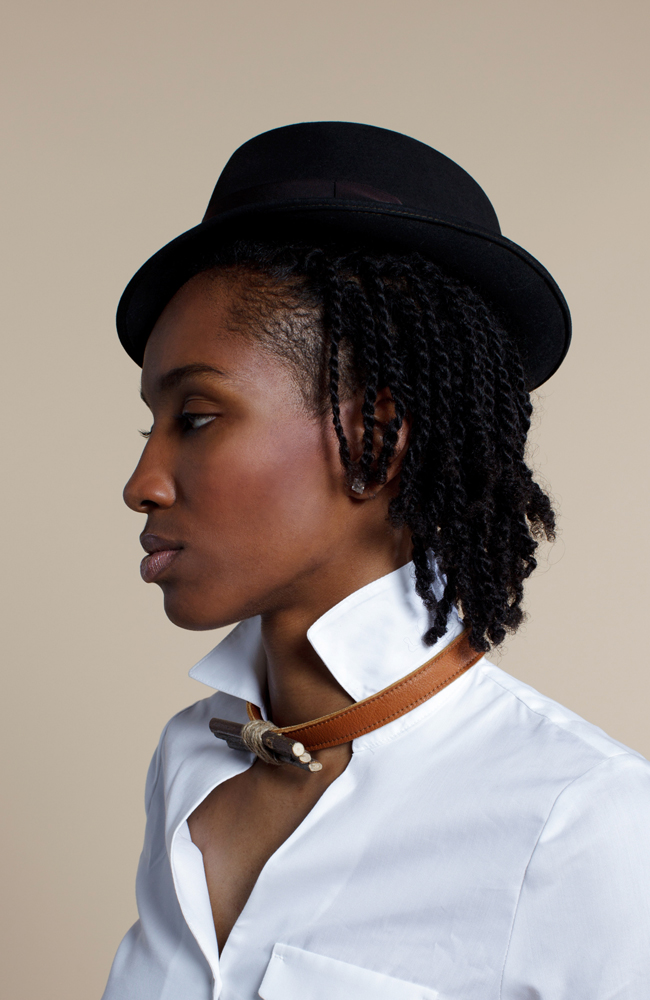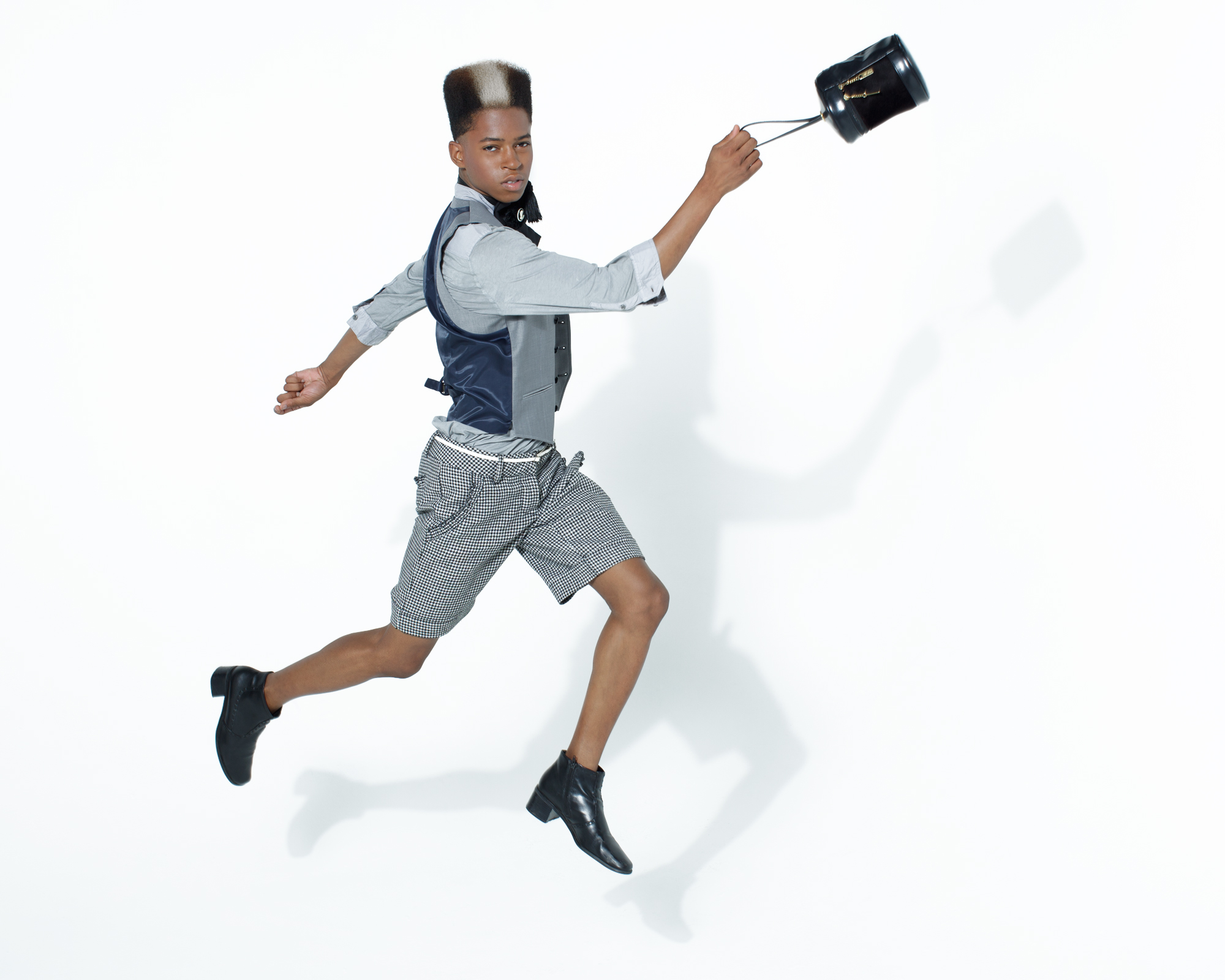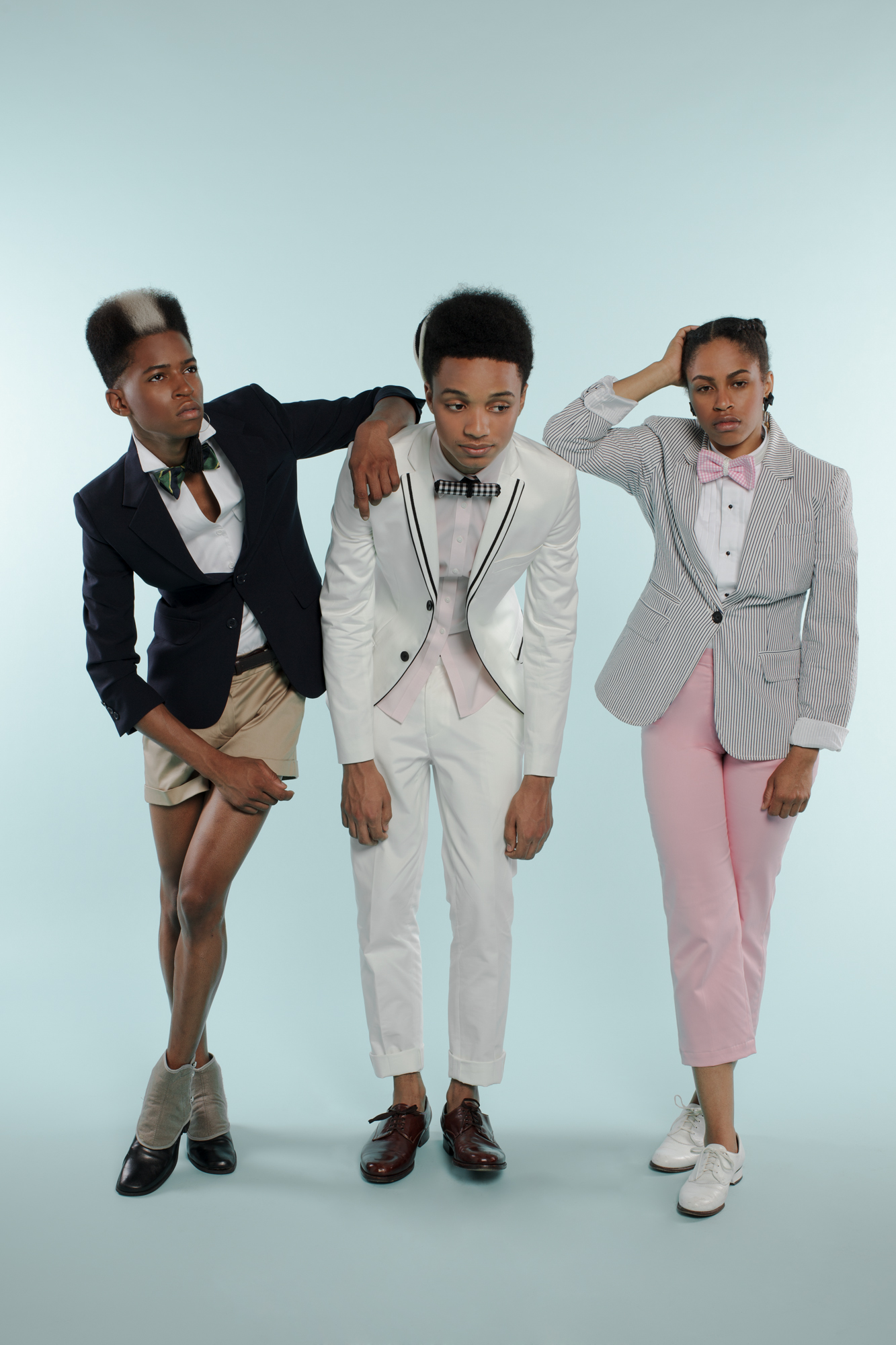The dandy is a space of creative possibility where individuals can perform a persona beyond the narrow binaries of masculine and feminine and intervene in white supremacist ideas of black subjecthood.
The dandy–conventionally defined as a strikingly attractive man whose dress is immaculate and manor is dignified–has been around since the late eighteenth century. Often misunderstood as superficial, Dandyism is a space of creative possibility where individuals can perform a persona beyond the binaries of masculine and feminine and intervene in white supremacist ideas of black subjecthood. Artists like Oscar Wilde, Charles Baudelaire, H.H Monro and less recognized women such as Gladys Bentley, Ethel Waters and Romaine Brookes found Dandyism to be a liberatory space not only for appearance but more importantly, for a life of independence that did not necessarily adhere to a deterministic heterosexual model of marriage and children. Examples of modern dandies include Andy Warhol, Quentin Crisp, Grace Jones, Tilda Swinton and Janelle Monae. The dandy is neither traditionally feminine or masculine. Rather, the dandy is an exquisite sartorial state which often aestheticizes a refined androgyny which is available broadly regardless of sex or gender.

